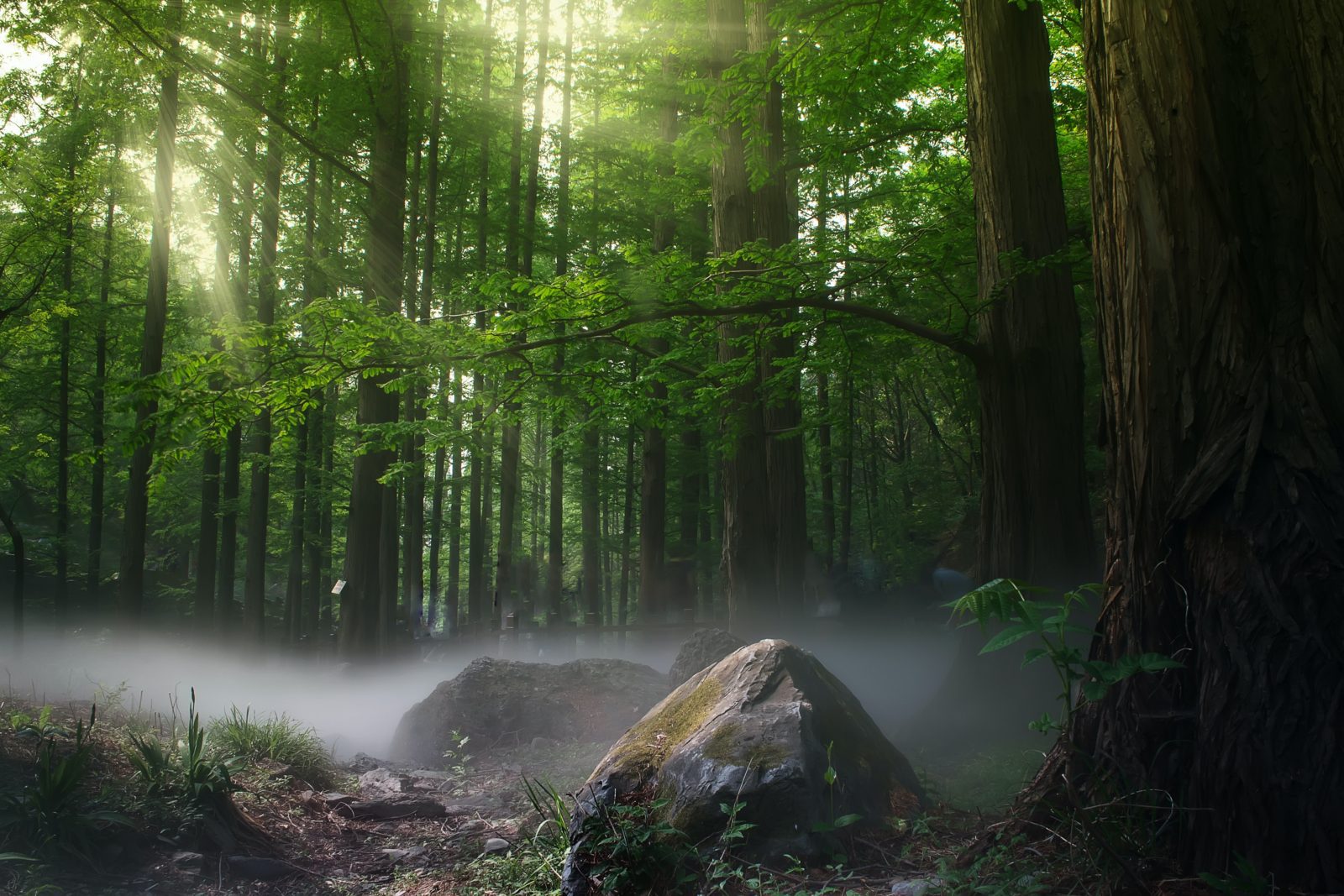Last year, the Czech Republic planted nearly 40,000 hectares of forests, the second-highest number since 1964. Only 709 hectares fewer than the record set in 2020. Of the 225,928 saplings used in the planting, two-thirds were deciduous trees. The Vysočina region had the most reforestation.
Josef Kahuda, a statistician at the Czech Statistical Office, said that the average consumption of saplings per hectare was 5,705. For deciduous trees, it was 7,248, and for conifers, it was 4,205. The most commonly planted trees were beech and oak, accounting for 28% and 23%, respectively. Kahuda added that spruce still accounted for a relatively high percentage of all saplings, at 19.9%, up from 19.7% in 2020.
Despite this, spruce was still the most planted tree, occupying almost a third of reforested areas. Conifers, therefore, dominated the newly planted areas.
The change in climate poses a significant threat to forest soil. Planting trees is not the only way to create forests. Natural renewal, where new growth develops from airborne or fallen seeds from the parent tree, is also used.
Kahuda said that last year, the area of natural forest renewal increased by 977 hectares to 10,088 hectares. According to him, deciduous trees slightly predominated in natural regeneration, with spruce and beech being the most commonly used species. Birch was also significant.
According to the Climate Coalition, which brings together environmental organizations, tree planting is currently part of not only organization projects but also local government, volunteer initiatives, and activities. They are important not only for the organisms and wildlife that live in them but also for their ability to bind carbon in climate protection.
The coalition warned that to assess when planting trees is beneficial and when it is not, it is necessary to consider a range of criteria.
For example, it is essential to plant trees that correspond to the location in terms of species. This means planting original and species already present in the area, as continuity is essential, primarily for biodiversity protection.
When planting trees, it is also necessary to focus not only on the number of trees planted but mainly on the number that will survive in the long run. The older the trees, the more carbon they bind due to the increasing circumference of the trunk and leaf area, and the occupied land.
Klimatická koalice said that a large, century-old tree can absorb as much CO2 from the atmosphere in a single year as a tree several decades old has absorbed in its entire life.
Protecting old trees and the carbon stored in them and the soil beneath them would not only help address the climate crisis but also contribute to the protection of biodiversity.





